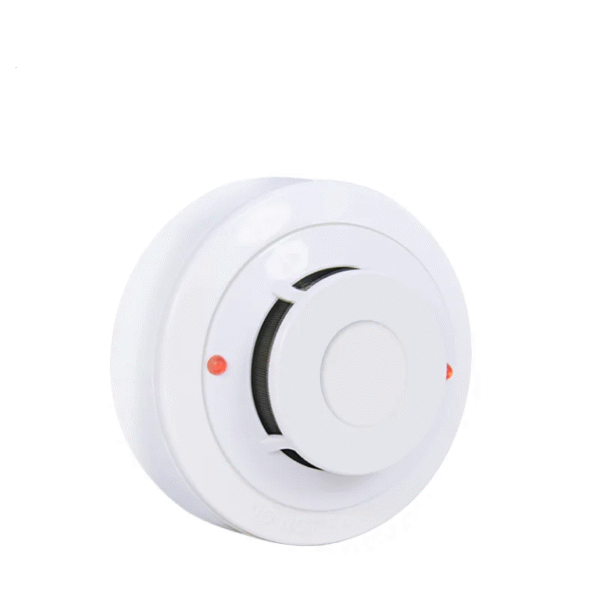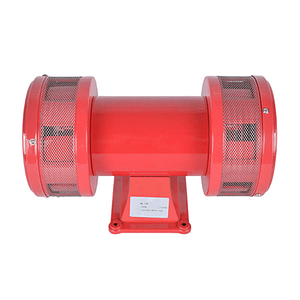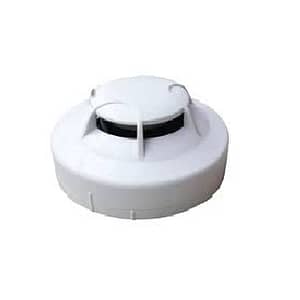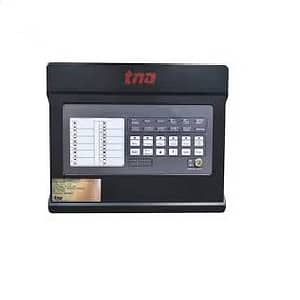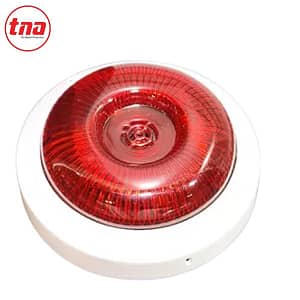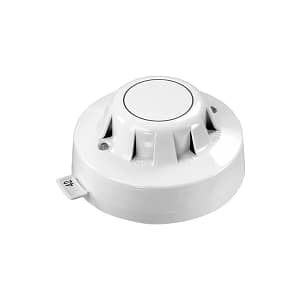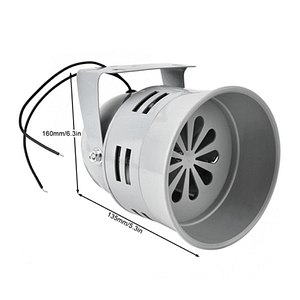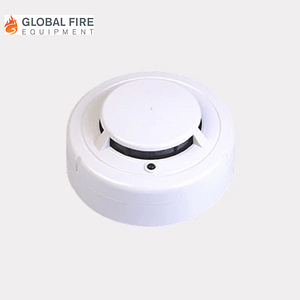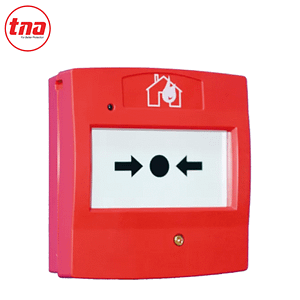Description
Photoelectric Smoke Detector (also known as an Optical Smoke Detector) is the most common type of fire detection device used today. It operates on the principle of light scattering to detect the presence of visible combustion products (smoke particles) in the air. This technology is highly effective at detecting fires, which produce large, visible particles of smoke long before an open flame or significant heat is generated.
Features:
- Optical Sensing Chamber: The core of the detector is a small chamber containing a light source (typically an LED) and a photosensitive receiver (a photocell), positioned so that the light beam does not normally hit the receiver.
- Light Scattering Principle: When smoke particles enter the chamber, they intercept the light beam and scatter or deflect the light onto the photosensitive receiver
- Superior Smoldering Fire Detection: Photoelectric technology excels at detecting the large, visible smoke particles generated by slow, smoldering fires, which are often caused by faulty wiring, electrical faults, or burning foam/upholstery. This can provide occupants with the earliest possible warning.
- Nuisance Alarm Characteristics: While excellent for smoldering fires, photoelectric detectors can be more sensitive to larger particles produced by non-fire sources like steam from a bathroom, heavy cooking fumes, or dust. For high-nuisance areas, multi-sensor or ionization detectors may be recommended, but for general use, photoelectric is the industry standard.
- Power Source: Can be battery-operated (common in residential), hardwired (common in commercial), hardwired with a battery backup.
- Interconnection: Modern residential units often feature interconnection capability (hardwired or wireless) so that when one detector sounds the alarm, all connected alarms sound throughout the home or building.
- Compliance: Must be certified by major testing organizations like and others, confirming their reliability and performance.
- Early Warning: Provides the earliest warning for many common fire scenarios, maximizing escape time for occupants.
- Versatility: Suitable for use in general living areas, offices, hallways, and bedrooms.
- Reliability: Simple, well-established technology with high reliability in standard environmental conditions.
- Code Compliance: Meets the requirements of current building codes and standards for most application.

